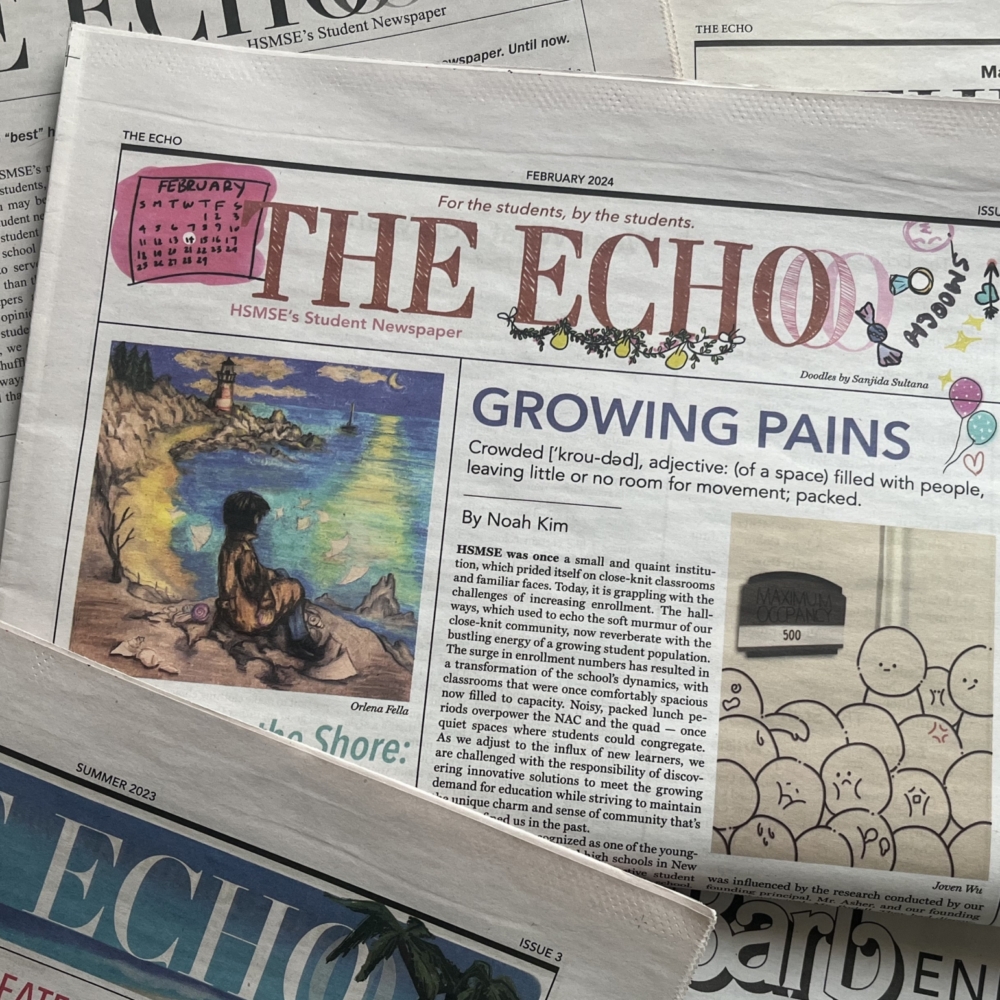How News Articles can Save You Time, Stress, and Money.
How News Articles can Save You Time, Stress, and Money.
Blog Article
10 Easy Facts About News Articles Explained
Table of ContentsThe Main Principles Of News Articles News Articles Things To Know Before You Get ThisA Biased View of News ArticlesNews Articles Things To Know Before You BuyThe Only Guide to News Articles
Great understanding of different subjects offers students an affordable side over their peers. Despite the fact that digital and social media are easily accessible, we must not neglect exactly how crucial it is to read the newspapers. Parents have to try and inculcate the routine of reviewing a newspaper as an everyday regimen to proceed the legacy of the revered print tool.Information stories likewise consist of at the very least one of the following crucial characteristics about the desired audience: proximity, prestige, timeliness, human passion, oddity, or consequence. The associated term journalese is often used, typically pejoratively, to refer to news-style writing. One more is headlinese. Newspapers normally stick to an expository writing design.
Within these restrictions, information stories additionally intend to be extensive. Among the larger and more recognized papers, fairness and equilibrium is a major factor in providing information.
Papers with a worldwide target market, for instance, tend to make use of a much more official style of creating. The certain options made by an information outlet's editor or content board are commonly gathered in a design guide; typical style overviews consist of the and the US Information Style Publication. The main goals of information writing can be summarized by the ABCs of journalism: precision, brevity, and clarity.
3 Simple Techniques For News Articles
As a guideline, journalists will certainly not make use of a long word when a short one will certainly do. Information authors try to avoid making use of the very same word a lot more than when in a paragraph (in some cases called an "echo" or "word mirror").
Headlines sometimes leave out the topic (e.g., "Jumps From Watercraft, Catches in Wheel") or verb (e.g., "Feline female fortunate"). A subhead (additionally subhed, sub-headline, subheading, caption, deck or dek) can be either a secondary title under the main heading, or the heading of a subsection of the post. It is a heading that precedes the primary text, or a team of paragraphs of the main message.

Added signboards of any of these kinds might appear later on in the short article (specifically on subsequent web pages) to entice more reading. Such signboards are also utilized as reminders to the short article in various other sections of the publication or website, this hyperlink or as advertisements for the piece in various other publication or sites. Regular structure with title, lead paragraph (summary in vibrant), other paragraphs (details) and call information.

Example of a hard-lead paragraph NASA is recommending one more room job. The budget demands roughly $10 billion for the task.
An "off-lead" is the second most crucial front web page news of the day. To "bury the lead" is to begin the write-up with background more info or information of secondary value to the viewers, forcing them to check out even more deeply right into a short article than they must have to in order to uncover the important factors.
Top Guidelines Of News Articles
Typical use is that a person or 2 sentences each create their very own paragraph. Journalists usually define the organization Learn More or framework of a news story as an inverted pyramid. The vital and most intriguing components of a tale are placed at the start, with sustaining info adhering to in order of lessening importance.
It allows people to discover a subject to just the depth that their interest takes them, and without the imposition of details or subtleties that they can take into consideration unnecessary, yet still making that info offered to a lot more interested visitors. The inverted pyramid framework additionally allows short articles to be trimmed to any kind of approximate length during format, to suit the area available.
Some writers begin their stories with the "1-2-3 lead", yet there are numerous sort of lead readily available. This style invariably begins with a "5 Ws" opening paragraph (as described over), complied with by an indirect quote that serves to support a significant aspect of the first paragraph, and after that a straight quote to support the indirect quote. [] A kicker can describe multiple points: The last tale in the information broadcast; a "delighted" story to finish the program.
Longer write-ups, such as magazine cover articles and the items that lead the within sections of a paper, are recognized as. Function tales vary from straight news in a number of means.
The Basic Principles Of News Articles
The reporter typically information communications with meeting topics, making the item extra individual. A feature's first paragraphs typically associate an intriguing moment or event, as in an "anecdotal lead". From the details of an individual or episode, its sight promptly widens to generalities about the story's subject. The section that signals what a feature is about is called the or billboard.

The Editor's Toolbox: A Referral Guide for Beginners and Professionals (2001) Allan M. Siegal and William G. Connolly. The New York City Times Guidebook of Style and Use: The Authorities Style Guide Used by the Writers and Editors of the World's The majority of Authoritative Newspaper (2002) M. L. Stein, Susan Paterno, and R.
Report this page